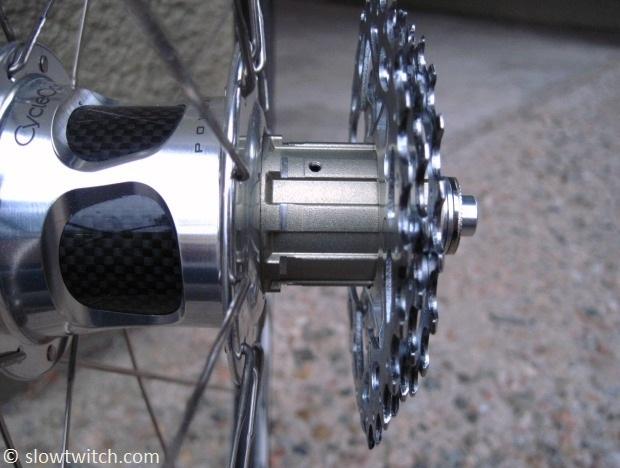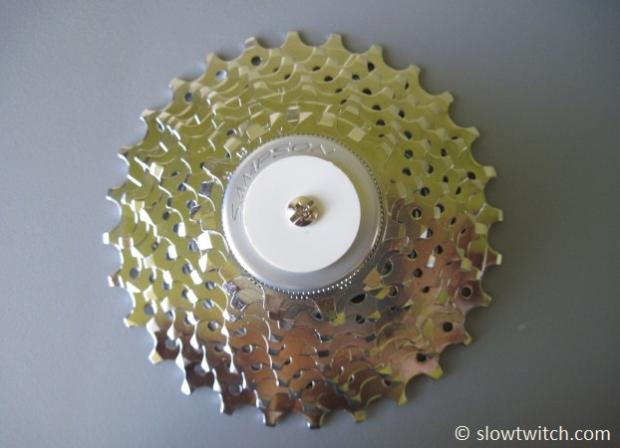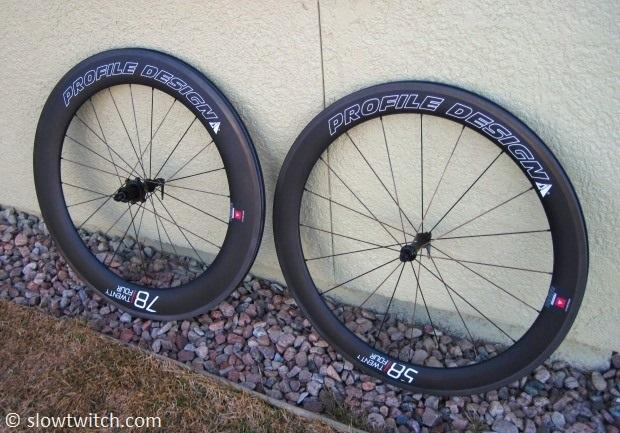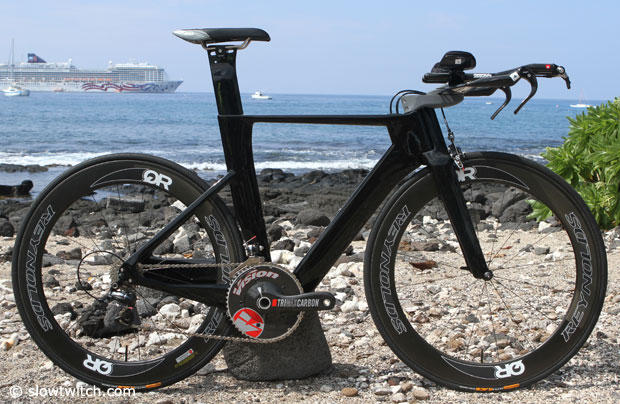Cassette Spacers 2013
Some of you might have seen our 2012 Cassette Spacer Guide. It was a part of a 2-segment series on cassettes and freehubs. For all of the backstory on why freehubs are the way they are today, give that article a once-over.
We’d like to do a quick update and expansion of that chart for 2013. What’s new in the world of cassettes and freehubs? For starters, SRAM debuted two 11-speed groupsets with their new Force and Red ‘True 22’. Sampson is now offering 11-speed steel cassettes as another option to would-be Shimano buyers. Many more wheels are now offered in 11-speed compatibility than this time last year. Exciting times, no? I can hardly contain myself.
Fuzzy Math
Before we get to the actual chart, I want to point out some curious math problems that are going on with cassettes and cassette spacers. To be frank, there is a LOT of odd rounding going on. You might think that the industry would have this down to a science by now, but it is anything but that.
First and foremost, the original 10-speed spacer has two unofficial specs – 1.0mm and 0.9mm. These are used interchangeably. I have a bunch of these from different manufacturers. Some measure 0.9, some measure 1.0, and some measure different things entirely.
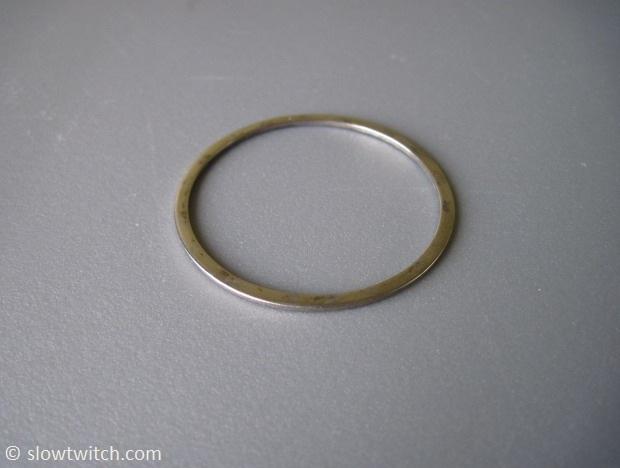
For purposes of our chart and any of our articles, we’ll use these two specs interchangeably. In the real world, it doesn’t appear to matter. With cassettes and modern freehubs, you’re using the lockring to pull a big stack of loose parts together (the cassette cogs). If the lockring bottoms out on the freehub before the stack is sufficiently tight, you get play in the cassette. The little 0.9 or 1.0mm spacers push that stack out to give the lockring more opportunity to thread down.
With the advent of Shimano 11-speed, our freehubs got exactly 1.85mm longer. Sort of.
The official spec – the spec printed on Shimano 11-speed spacers – is 1.85mm:

However, you’ll also see this type of spacer sold by other manufacturers as a 1.8mm spacer. Hed gives you a big ol’ 2.8mm spacer for 10-speed use on their 11-speed freehub, which effectively combines a 1mm spacer and a 1.8mm spacer (which is what you need to use a Shimano 10-speed cassette). However, if you want to use a SRAM 10-speed cassette on a Hed 11-speed hub, that 2.8mm spacer is too much – because SRAM 10-speed cassettes only need 1.85mm worth of spacers. Profile-Design only gives you a 1mm spacer – intended to stack up with your existing 1mm Shimano spacer… which technically falls 0.85mm short or what should be required… but it still works! Wait! Mavic freehubs are only 1.75mm longer than the old-style 9/10 freehub, so it is technically 0.1mm too short for 11-speed…
…Breathe… It’s going to be fine.
It WILL be fine, but just realize that this is not an exact science. Our chart below is the ‘official’ recommendation (minus the 1.0 vs. 0.9mm mystery). When trying to figure out how many spacers you need for YOUR cassette and YOUR wheel, look at the aggregate figure in the right column. If it’s a 1.8mm spacer plus a 1mm spacer, just know you’re shooting for about 2.8mm total. Yes, you’re 0.05mm short of the ‘real’ spec, but chances are it won’t matter. Even if your 1.0mm spacer is actually 0.9mm, it still probably won’t matter. What you should always do when installing any cassette on to any wheel is check it after you’ve tightened down the lockring. If the cassette will move left-to-right at all on the freehub, you need to add more spacers behind the cassette. If you can’t fit the small cog on the freehub – or the lockring only threads down a little bit before it’s fully tight – you need to remove some amount of spacer stack behind the cassette.
NOTE: Most manufacturers include the new 11-speed spacers (that allow the use of a 10-speed cassette on an 11-speed freehub) with wheel sales, not 10-speed cassette sales.
Ready for some spreadsheet fun? Let’s roll.
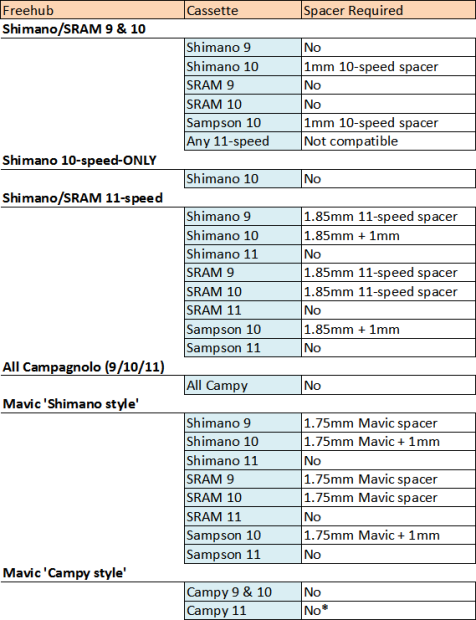
*Some early Campy-compatible Mavic wheels require a very small 0.55mm spacer behind Campagnolo 11-speed cassettes in order to clear the right hub flange. Newer versions of their wheels feature slimmer flanges and do not require the spacer. If your wheel is in-question, give Mavic a ring or see your local dealer for assistance.
**There are a few more cassette brands out in the market – IRD, Wheels Manufacturing, Miche, and so on. There are probably even more that we're not aware of. We covered what are, in our opinion, the most common and/or noteworthy options that are available to the US market at this time. If we see demand to cover more options in the future, we can and will do so.
All images © Greg Kopecky / slowtwitch.com



